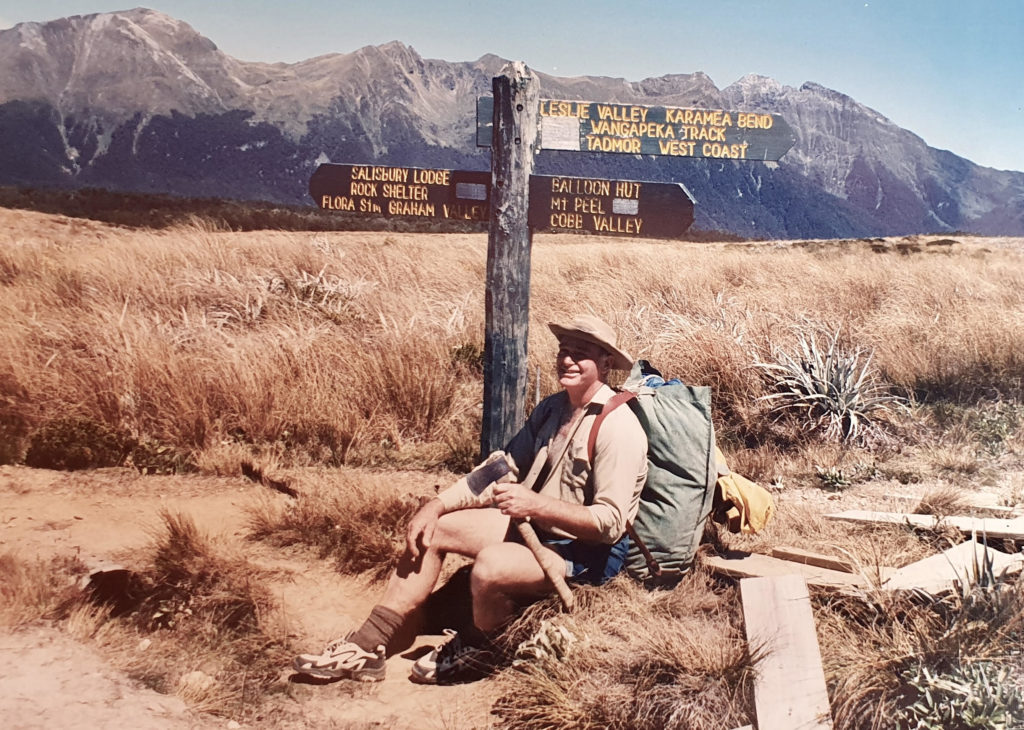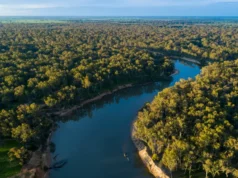
Max Polglaze lived life for the backcountry. He carved tracks and built huts and shelters, especially in Kahurangi National Park, that have enabled legions of trampers to better enjoy their days.
There are things Max Polglaze did that could never be done today. There are things he built as a park ranger in the 1970s and 1980s that would never get signed off by the bureaucracy and ‘processes’ that would eventually drive him from the hills he loved so much.
Anyone who’s tramped in Kahurangi National Park would have seen – and marvelled at – Polglaze’s most famous handiwork, the Gridiron rock shelters. These nooks in the limestone that Polglaze somehow fashioned into magical sleeping quarters are the most unlikely abodes to wear a Department of Conservation (DOC) badge.
Design them today and you’d be laughed out of town, or threatened with arrest. But 40 years ago things were different. Visionaries like Polglaze could innovate and leave their mark on the patches of bush they adored. For him, that patch is Kahurangi National Park, known then as North-West Nelson Forest Park. If there’s one geographic region in the country that can be said to have ‘personality’, this is it. For that, so much is owed to Polglaze.
Today, the 82-year-old struggles to remember much of his extraordinary life. Dementia is cruel to the sufferer, and also to their family. Polglaze’s son Dan and his wife Vanessa spend every Friday with him. Dan says that reminiscing is hard for his father and that his strongest memories are from his deer culling days, before he became a ranger.
“His eighteenth birthday was spent culling in the Harper, around Arthur’s Pass,” Says Dan. “He was young and living life large. He enjoyed his own company and so really thrived in the bush.”
Read the full story here


